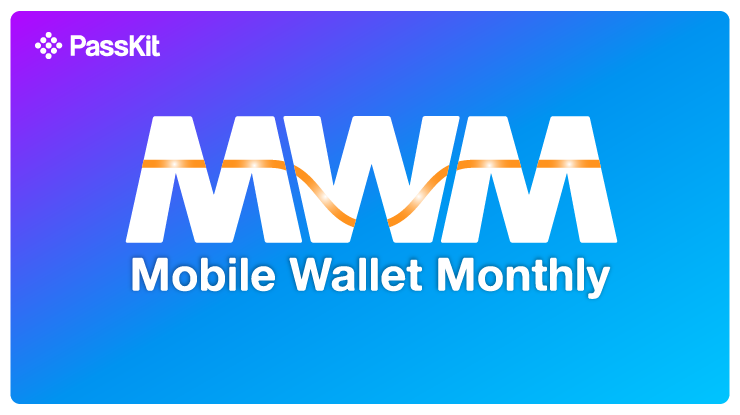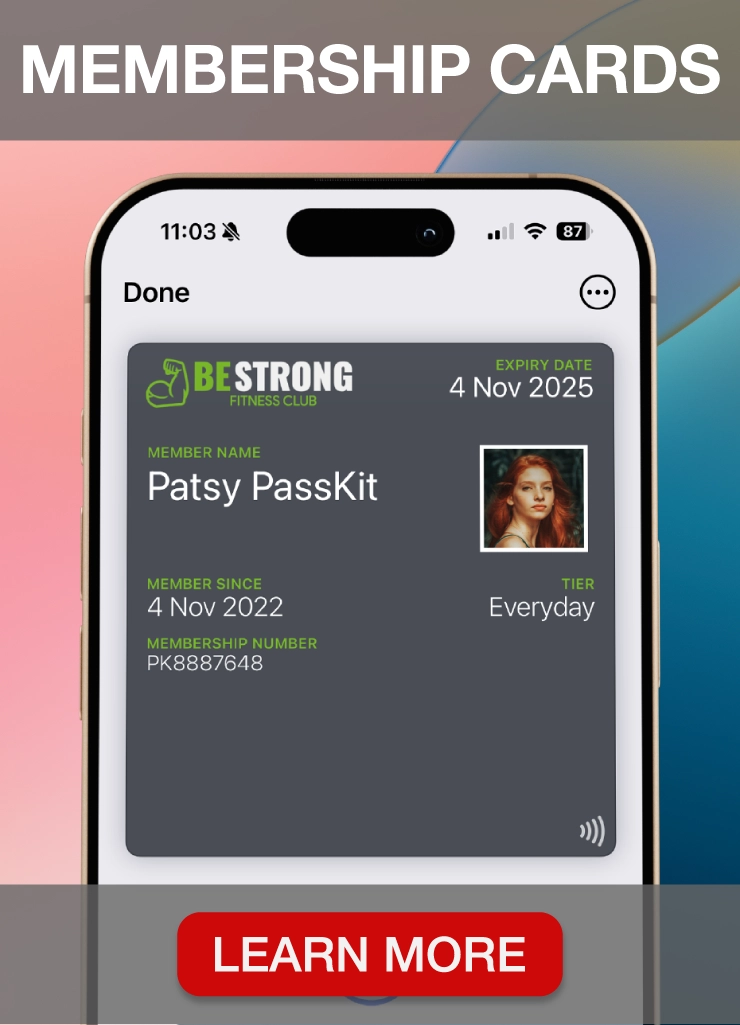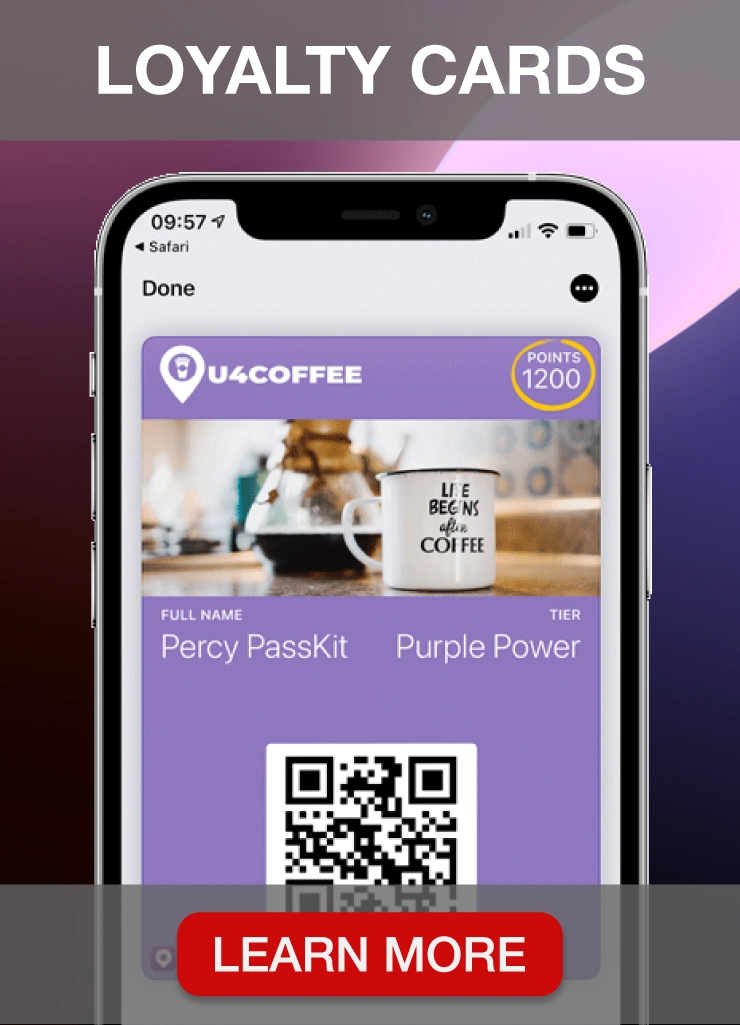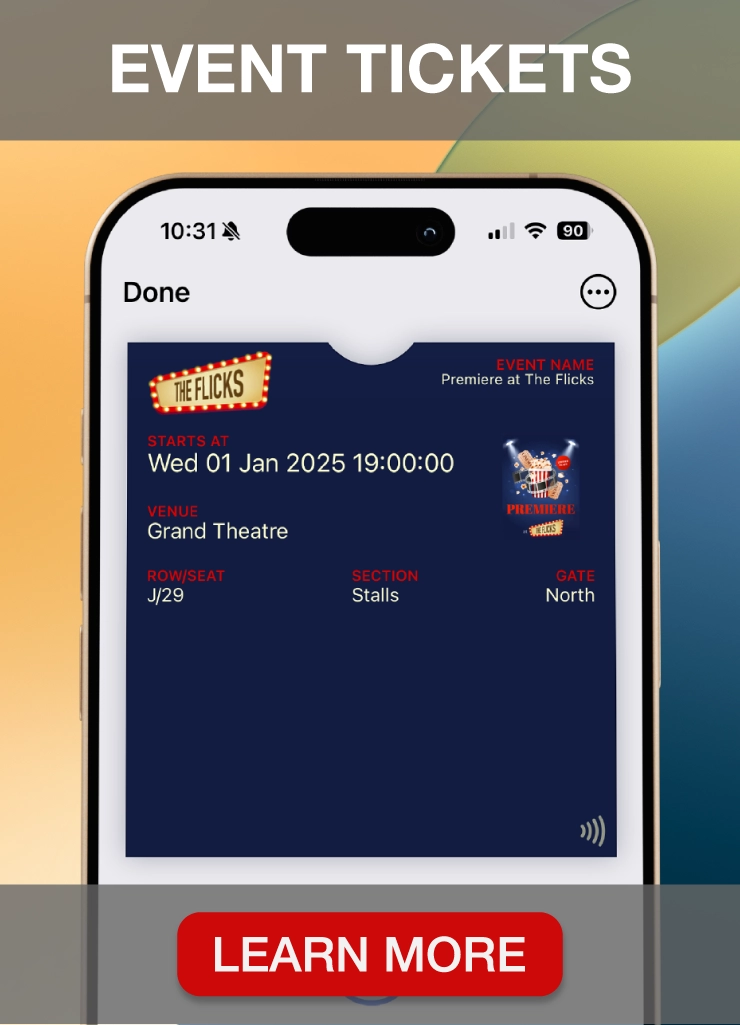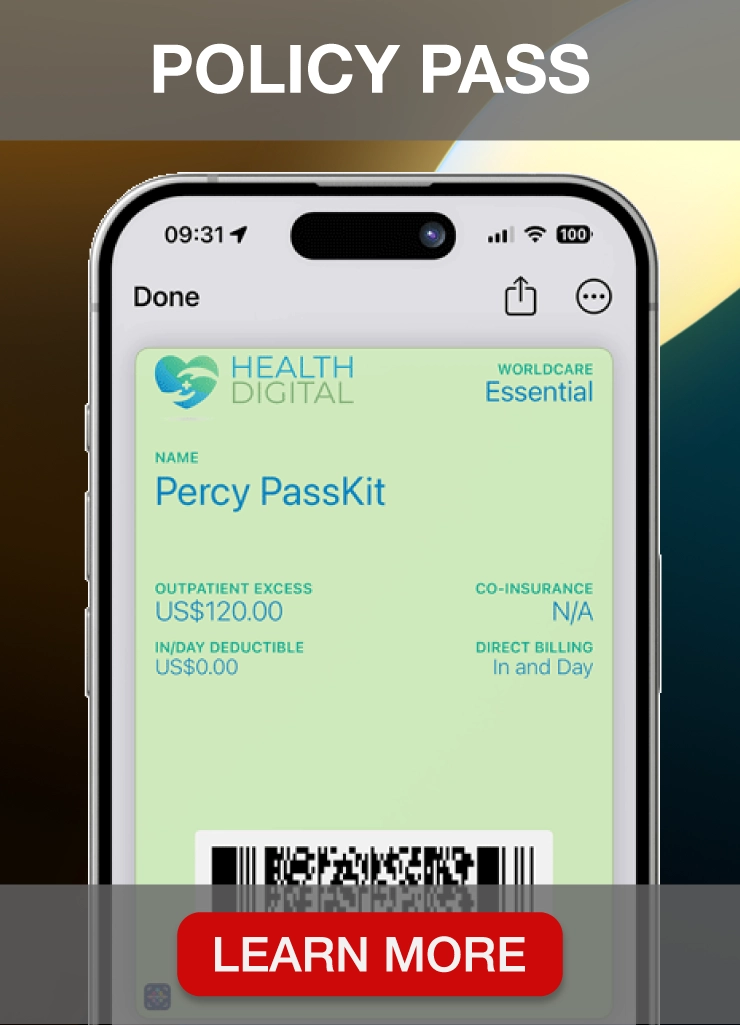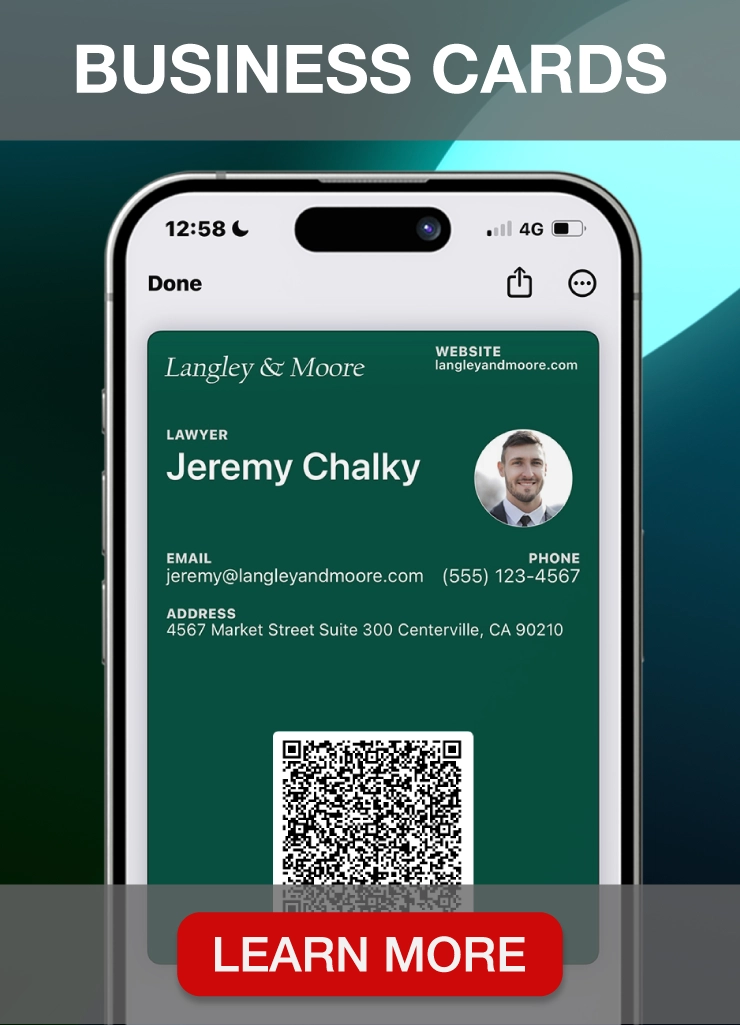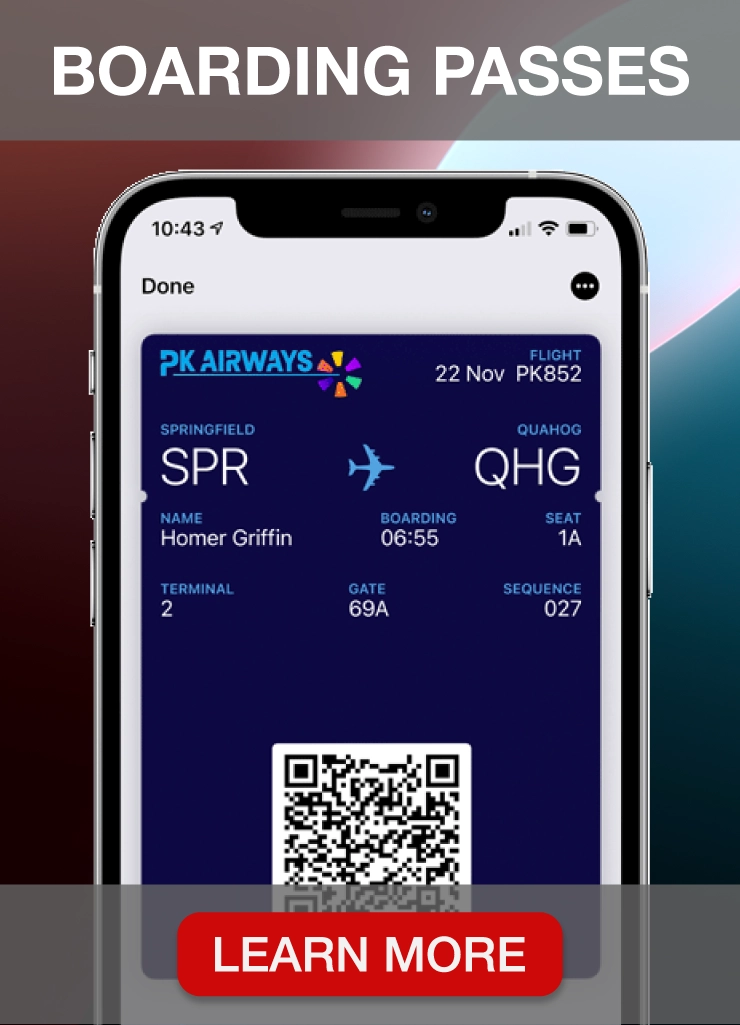Even seasoned event planners face logistical hurdles. From troublesome tech to unexpected vendor issues, potential pitfalls lurk around every corner. Let’s take a look at some proven strategies for overcoming these challenges, ensuring smooth execution across diverse venue types.
What Is Event Logistics?
Event logistics encompasses the planning, coordination, and execution of all resources and services required to make an event successful. This includes venue selection, vendor management, transportation, staffing, catering, technology, and any other elements necessary for a seamless event experience. Think of it as the art of making sure everything runs smoothly behind the scenes, enhancing the experience for both in-person and virtual attendees.
Event logistics plays a pivotal role in a wide range of experiences, including:
- Conferences: These focus on knowledge sharing and networking. Unique challenges include coordinating speaker travel and presentation technology, optimizing room transitions to minimize attendee confusion and maximize session attendance, and providing catering for large crowds during scheduled breaks.
- Festivals: Multi-day events celebrating music and culture pose distinct logistics challenges such as navigating complex permit processes and ensuring compliance with local regulations, and coordinating stage setups, sound, lighting, and power needs.
- Corporate Events: These events, designed to build teams and achieve goals, require aligning logistics with the brand message, curating catering options that reflect company culture and designing activities that foster meaningful team bonding, and managing transportation logistics, especially for multi-location events.
- Virtual Events: Fostering connections across distances, virtual events involve unique technical challenges such as ensuring stable online platforms, coordinating speakers and presenters remotely, and managing audience interaction tools. The success of these experiences hinges on flawless logistics, from tech troubleshooting to creating a sense of virtual community.
Defining its Role in Event Management
Event logistics fuels the transformation of an event vision, whether it’s a sports event, a multi-day conference, or a music festival, into a tangible experience that resonates with attendees. Event planners are masterful problem-solvers, collaborating closely with event managers, vendors, venue staff, and the client.
Their meticulous planning and execution of every detail, from ensuring every attendee has a clear view of the keynote speaker to coordinating timely food deliveries that keep energy levels high, directly shape the success of the event and create positive memories for all involved.
The 5 C’s of Successful Event Logistics

The foundation of a flawlessly executed event lies in the 5 C’s. Mastering these logistical pillars will empower you to transform ideas into unforgettable experiences.
Concept
Why this event? What’s your goal (brand awareness, lead generation, etc.)? Who are you trying to reach? Answering these questions is your first step.
Define your event’s purpose, goals, and target audience.
Craft a unique selling point that aligns with your vision and makes it stand out.
Choose between in-person, virtual, or hybrid events, understanding the logistical demands of each.
Coordination
Create your timeline keeping everyone in rhythm.
Teamwork is key, as well as assigning clear roles and communicating seamlessly with both team members and vendors.
Anticipate attendee needs, From registration to tech, make their journey effortless.
Control
Track progress against your timeline and budget with vigilance, they keep you on track.
Contracts protect you: Know deadlines, backup plans, and those “what if” clauses.
Regulations aren’t optional: Ensure safety, permits, and licensing are in order upfront.
Contingency Planning
Weather, speakers, and tech have Plan B (and C!) ready to keep the show going.
Think like an attendee, What minor glitches could disrupt their experience? Be proactive!
Problem-solving toolkit, from sewing kits to spare chargers, small things save the day.
Culmination: Showtime!
venue transformation, Make your vision tangible, exceeding expectations.
Tech check, recheck, then check again. Audio/Visual issues can derail the most well-planned event.
Embrace the “Wow!” Factor: Small details (lighting, those swag bags!) make a big impact.
gather post-event feedback to analyze what worked and what needs to be improved in the future.
15 Steps To Event Logistics Success
In the frenzy of event planning, there’s one person everyone turns to when things go sideways, the logistical mastermind. With these 15 steps, you will become that calm amidst the chaos. Prepare to transform stress into smooth execution, and become known for events that impress, not implode.
1. Choose the Right Venue
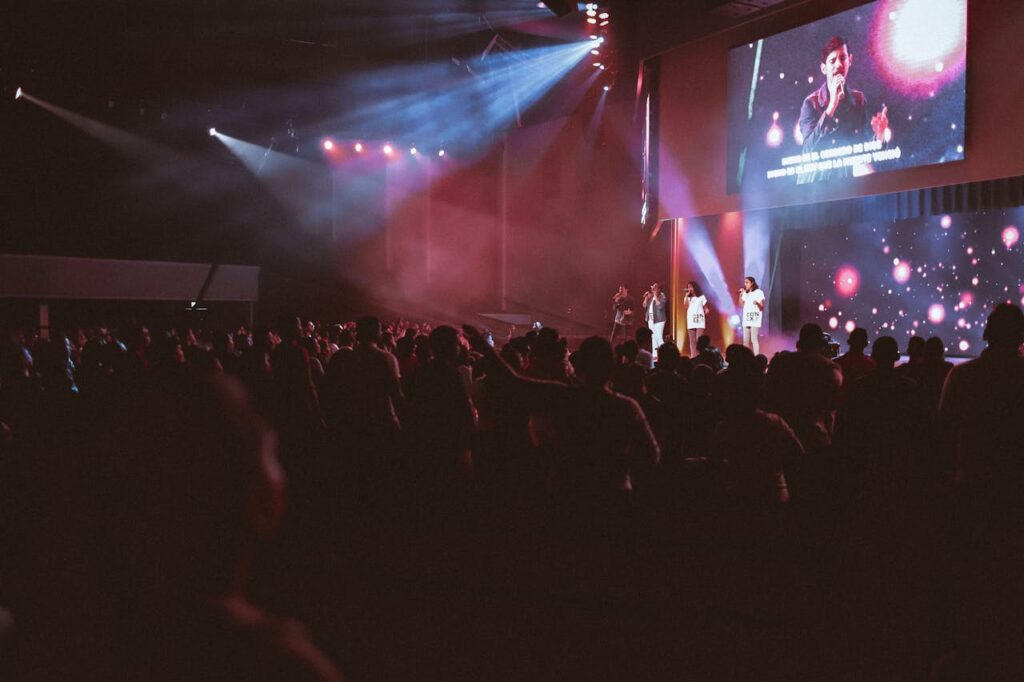
Choosing the right venue is key to a successful event. Prioritize considerations like capacity, accessibility, layout, technical needs, and location. The wrong venue doesn’t just annoy attendees, it undermines your entire event. Overcrowded rooms, tech fails, and accessibility issues erode the experience you’ve worked so hard to create.
Here’s a checklist to make sure you’ve thought of everything:
- Capacity: Can you comfortably fit everyone and have a bit of wiggle room?
- Accessibility: Think beyond basic compliance, how welcoming will your event feel for all attendees? Does the venue accommodate attendees with mobility, visual, and auditory impairments?
- Layout: Does the space work for your event type, whether it’s presentations, workshops, or music events?
- Tech: Will the WiFi handle the load, and are the A/V capabilities (sound, projection, lighting) adequate for my needs? Does the venue have a backup generator or an uninterruptible power supply (UPS) system in case of a power outage?
- Location: Is the location easy to get to, are there hotels nearby, and does the vibe match your event?
- Paperwork: Know what permits and licenses you’ll need well in advance.
Pro Tip: If your event heavily relies on technology, WiFi might not cut it. Inquire about hardwired connection options for your most important setups. Always have backup event equipment and a dedicated technical support team ready.
2. Develop a Comprehensive Budget
Your event budget is more than just a spreadsheet, it’s your key to logistical success. Think of it as a roadmap that keeps you on track, anticipating expenses, building in flexibility, and allowing you to pivot when needed.
Key Expenses to Include:
- Venue & Catering: Rental fees, food & beverage costs, and any extra venue charges.
- A/V & Production: Sound, lighting, screens, staging, and technician fees.
- Staffing & Security: Speakers, on-site event staff, and security personnel.
- Décor & Signage: Branded elements, wayfinding signs, and printed materials.
- Marketing & Promotion: All the ways you reach your target audience.
Pro Tips For a Bulletproof Budget:
Request “per person” quotes from vendors for flexibility if your attendance numbers fluctuate. Don’t be afraid to negotiate for discounts, package deals, or lower rates based on long-term partnerships.
Always have a contingency fund of 5-10% of your budget for those unexpected “oops” moments. Leverage event budgeting software like Spendesk to streamline tracking and collaborate easily with your team.
3. Vendor Management
Your vendors are an extension of your team, so treat them as partners for success. Clear contracts are your foundation, outlining timelines, payment terms, backup plans, and cancellation policies. Prioritize open communication with regular check-ins to ensure everyone is on the same page.
- Contracts are Key: Protect yourself with details, especially those “what if” scenarios.
- Single Point of Contact: Designate one person on your team to communicate with each vendor to streamline the process.
- Book Early: Secure top-tier vendors and potentially negotiate better rates by booking in advance.
- Share the Details: Provide vendors with accurate attendee counts, load-in/out instructions, and any specific needs to ensure they’re prepared.
Think of strong vendor relationships as preventative maintenance for your event. This investment in clear communication and mutual respect pays off when it’s showtime. Vendors are ready to handle any surprises that pop up.
4. Coordinate Transportation and Parking

Consider your attendee needs and the venue’s location. Will attendees rely on personal vehicles? If so, ensure ample, well-marked parking is available. For larger events or those in bustling areas, explore offering shuttle services from convenient pick-up points.
Pro Tips for Success:
- Partner with Parking Providers: Negotiate special event rates with nearby parking garages or lots.
- Clear Communication is Key: Provide detailed parking instructions on your event website and registration materials.
- Shuttle Services: If offering shuttles, clearly outline routes, schedules, and pick-up/drop-off locations.
- Consider Accessibility: Ensure parking areas and shuttle services are ADA compliant.
A well-planned transportation and parking strategy minimizes attendee stress and sets the tone for a positive event experience. By offering convenient options, you encourage timely arrivals and avoid last-minute scrambling.
5. Create a Detailed Event Timeline

Your event timeline is your logistical compass. Start by working backward from your event date, outlining all major deadlines and milestones. This includes everything from finalizing your venue contract to coordinating those last-minute vendor deliveries.
Pro Tips for Success:
- Mini-Deadlines Matter: Break down large tasks into smaller, manageable steps with their own deadlines to prevent feeling overwhelmed.
- The 5-Minute Buffer: Build tiny pockets of extra time into your schedule. These act as shock absorbers when minor delays inevitably happen.
- Tech Tools: Utilize project management software like iDloom or event-specific timeline templates to simplify the process and ensure nothing gets overlooked.
- Share and Update: Distribute your timeline to vendors and staff, and keep it updated as plans evolve. A central, accessible document (whether digital or physical) is key.
Your timeline keeps everyone on track and minimizes those frantic “where are they?” moments. It’s your tool to anticipate potential bottlenecks and proactively address them, ensuring your event flows smoothly.
6. Invest in the Right Event Technology
Event technology isn’t just about flashy gadgets, it’s about streamlining logistics and creating a more engaging attendee experience. Start by identifying your core needs, Do you need robust registration software? Tools for seamless attendee check-in? Or perhaps a dedicated event app?
With PassKit, you can put your brand front and center. Distribute digital event tickets, loyalty offers, and event updates directly to attendees’ Apple and Google Wallets.
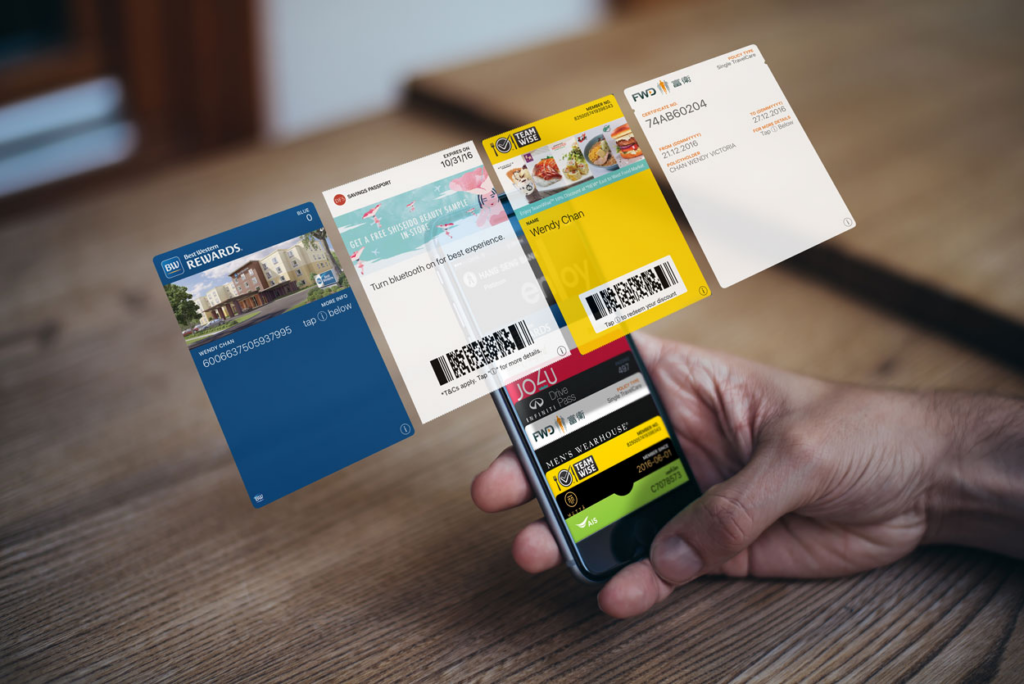
This seamless integration benefits your event in several ways:
- Effortless Access: No need for dedicated event apps. Attendees find their passes where they already look, in their phone’s wallet.
- Real-Time Updates: Send important announcements, schedule changes, or exclusive offers directly to attendees’ passes.
- Increased Engagement: Utilize location-based notifications to guide attendees or promote specific sessions or activities.
- Valuable Data: Gain insights into attendee behavior and preferences through PassKit’s analytics.
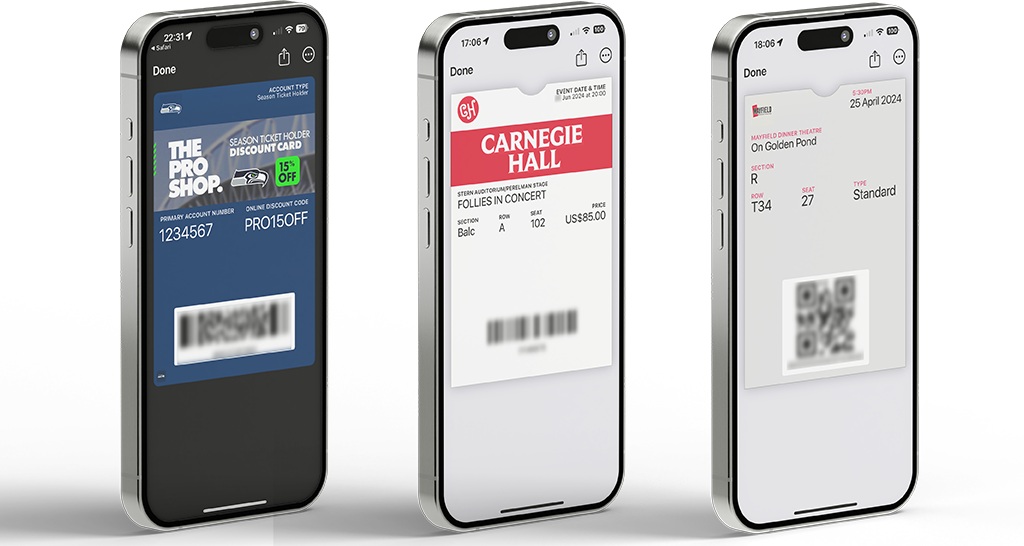
Our ticketing solutions power events across diverse industries around the world. Notable clients include the Cleveland Cavaliers (sports), Seattle Seahawks (sports), and Carnegie Hall (music).
7. Develop a Site Plan
Your site plan is more than just a map, it’s the blueprint that turns logistical chaos into a smooth operation. Think beyond just attendee flow; visualize every aspect of the event. Include room layouts, vendor and exhibitor locations, stage and AV setup, registration areas, and even behind-the-scenes spaces for your team.
Pro Tips for Success:
- Visualize Your Event: Before finalizing your plan, walk the venue. See the space through the attendee’s eyes.
- Prioritize the Attendee Journey: Map out how attendees will navigate the event, identifying potential pain points.
- Align Your Team: Distribute the site plan to everyone, vendors, staff, volunteers, ensuring a cohesive experience.
- Embrace Adaptability: Factor some flexibility into your layout. This allows for quick adjustments as needed.
Don’t wait for event day chaos, a well-designed site plan tackles potential issues head-on. It guides smooth attendee movement, makes the most of your venue, and creates an enjoyable atmosphere for all. For larger events, try out OnePlan where you can design your event digitally online.
8. Develop an On-Site Communication Plan

Event-day success hinges on seamless communication. Create a dedicated communication plan, outlining who talks to whom, and on which channels. This ensures timely problem-solving for your team, vendors, and volunteers.
Pro Tips for Success:
- Embrace Old-School Reliability: For large events, walkie-talkies provide that instant connection when seconds matter.
- Leverage Tech Strategically: Group chats or event apps streamline updates and issue tracking.
- Delegate for Clarity: A “communication lead” can prevent mishaps and ensure information flows smoothly.
- Always Have a Backup Plan: Print backup schedules and designate meeting spots in case of tech failures.
On-site communication translates to a great attendee experience. When your team is in sync, attendees won’t even notice those behind-the-scenes adjustments that keep things running smoothly.
9. Safety Plans & Contingency Strategies
Prioritize safety for event success. Develop a detailed plan addressing potential risks, crowd control, medical needs, weather issues, even power failures. Proactive safety keeps things running smoothly.
Key Considerations:
- Risk Assessment: Identify potential hazards specific to your venue and event type. Consult local authorities and industry best practices.
- Emergency Response: Outline clear procedures for handling incidents, including communication chains and evacuation plans.
- Medical Support: Have first-aid trained staff on-site, or arrange for emergency medical services depending on event size.
- Anticipate the Unexpected: Have backup plans for common disruptions (speaker cancellations, A/V glitches). Proactive thinking saves the day!
- Communicate Clearly: Share relevant safety information with attendees, staff, and vendors.
Preparedness isn’t pessimism, it’s ensuring attendees feel safe and cared for. This builds trust and allows everyone to focus on the positive aspects of your event. Plus, having contingency plans minimizes stress and turns potential disasters into minor inconveniences.
10. Conduct a Post-Event Debrief and Analysis
Don’t let valuable insights slip away! Once the event wraps up, prioritize a structured debrief with your core team, vendors, and key stakeholders. Gather feedback, identify successes, and pinpoint specific areas for future improvements.
Key Questions to Guide Your Debrief:
- Attendee Satisfaction: Did the event meet their expectations? Surveys and informal feedback are crucial here.
- Goal Achievement: Did you hit your targets (attendance, fundraising, etc.)? If not, where were the gaps?
- Logistical Successes & Challenges: From on-time vendors to unexpected bottlenecks, identify what went smoothly and what didn’t.
- Budget Review: Did you stay on track? Where can you be more efficient next time?
Pro Tips for Success
Timely is Key: Hold your debrief while the event is fresh in everyone’s mind.
Be Inclusive: Get input from all levels, not just the top decision-makers. This uncovers diverse perspectives.
Document Everything: Turn your findings into a report for easy reference when planning your next event.
A debrief isn’t just about feelings, it’s about data-driven improvement. Encourage honest feedback from team members, vendors, and stakeholders. By analyzing what worked and what didn’t, you make informed changes for future events.
2 Event Logistics Pitfalls To Avoid
1. Neglecting “The Little Things”
It’s easy to get caught up in the big-picture planning of an event. But overlooking the seemingly “little things” can have a surprisingly outsized impact on the attendee experience.
The Consequences:
- Distracted & Disgruntled Attendees: Uncomfortable chairs, long lines for the restroom, or inconsistent temperatures shift the focus away from your amazing content.
- Logistical Hiccups: Small oversights, like forgetting signage or running out of essential supplies, create unnecessary bottlenecks and delays.
- Negative Impressions: Attendees might not recall the exact issue, but they’ll remember the overall feeling of the event being disorganized or lacking care
Walk your venue with an attendee mindset to pinpoint potential issues. Use checklists for everything, bathroom supplies, tech, etc. Assign clear ownership of tasks to prevent mishaps. Focus on comfort: seating, lighting, temperature, water access. Gather attendee feedback post-event to identify areas for continuous improvement.
2. Power Of Event Flow
A well-designed event flows effortlessly. Attendees navigate with ease, sessions transition smoothly, and there’s always a sense of energy without chaos. When flow is neglected, frustration mounts, and your entire event can lose momentum.
The Consequences:
- Confusion and Frustration: Poor signage, bottlenecks at key locations (registration, food service), and overcrowded spaces turn even the most excited attendees into disgruntled ones.
- Missed Opportunities: When attendees are struggling to find where they need to be, they miss out on valuable sessions, networking, or key experiences.
- Negative Ripple Effect: Even if the content is brilliant, if the flow is broken, attendees will leave remembering the logistical headaches, not your amazing keynote.
How to Avoid This Pitfall:
- Map the Attendee Journey: Chart every step an attendee will take, from arrival to departure. Identify potential chokepoints and proactively design solutions.
- Signage Is Your Savior: Clear, legible signs guide attendees without confusion. Place them strategically at decision points, restrooms, and key areas.
- Wide Open Spaces (Where Possible): Build in buffer zones to prevent overcrowding and allow natural movement. This is especially crucial in high-traffic areas.
- Plan Those Transitions: The minutes between sessions are logistical gold. Optimize speaker changeovers, room resets, and crowd management for smooth flow.
Event flow goes beyond efficiency. It’s about making sure attendees have a fantastic experience so they fully connect with all your event offers.

